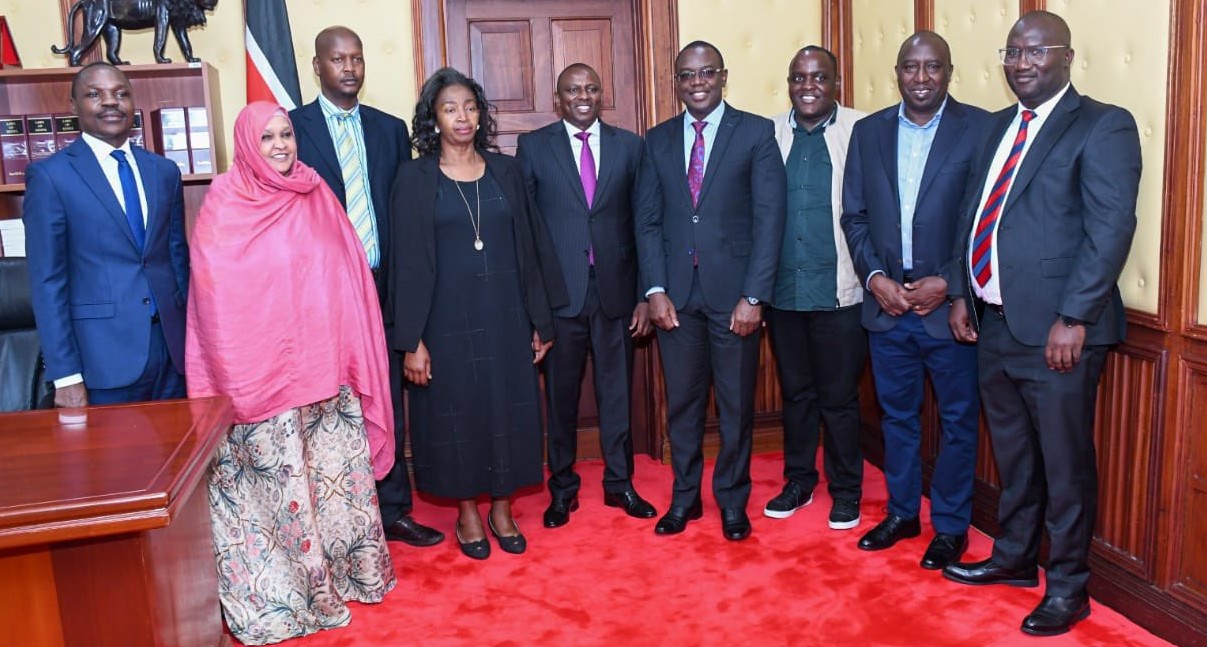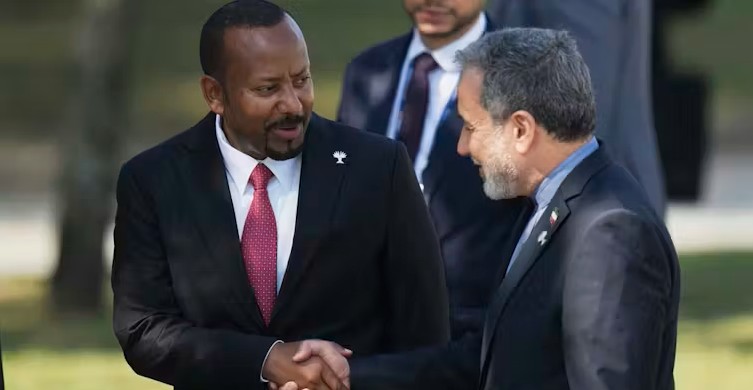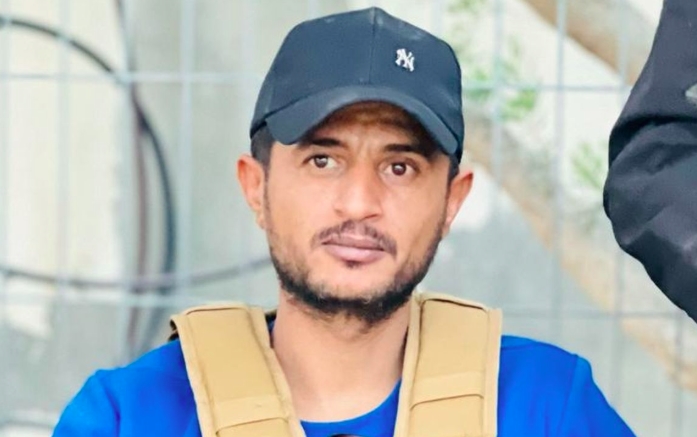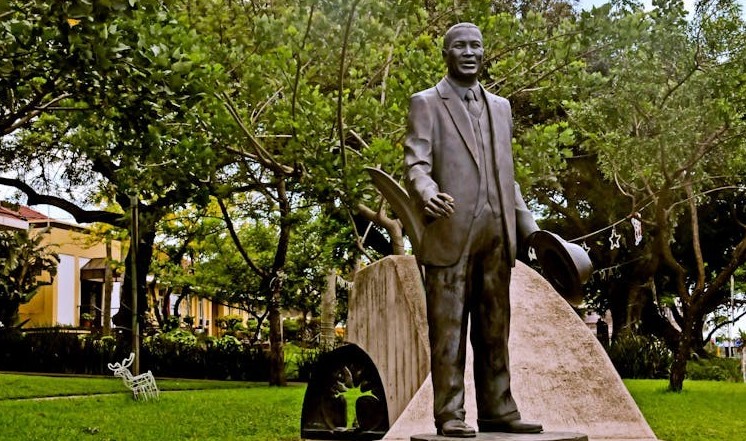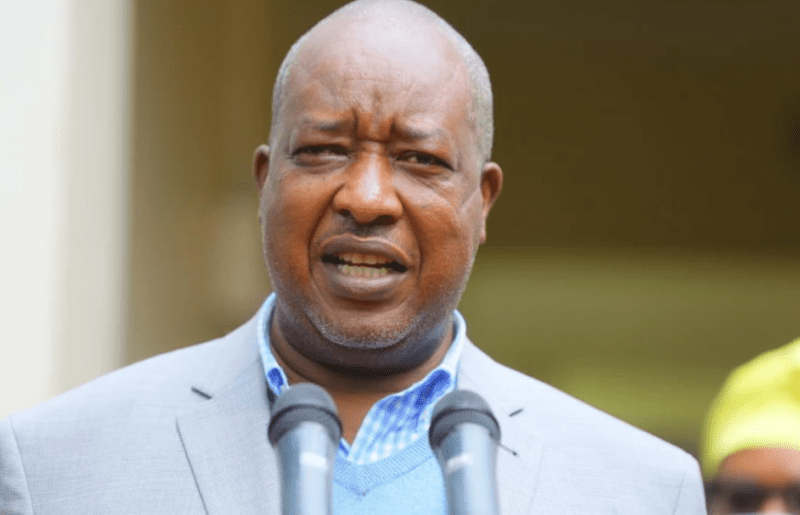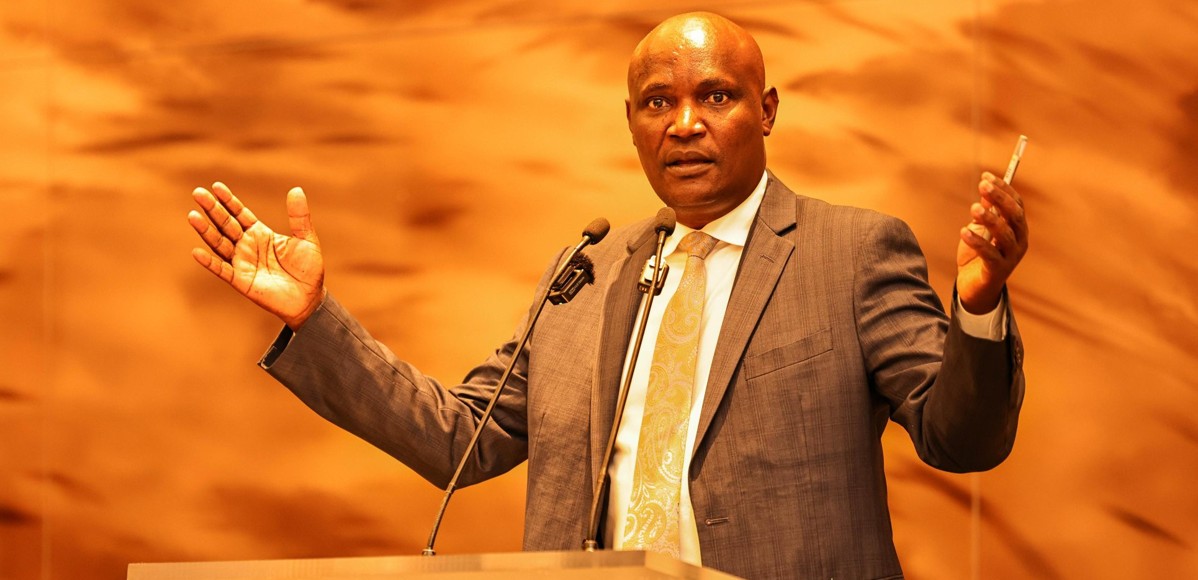Human rights groups: Police lacked clear command during June 25 protests
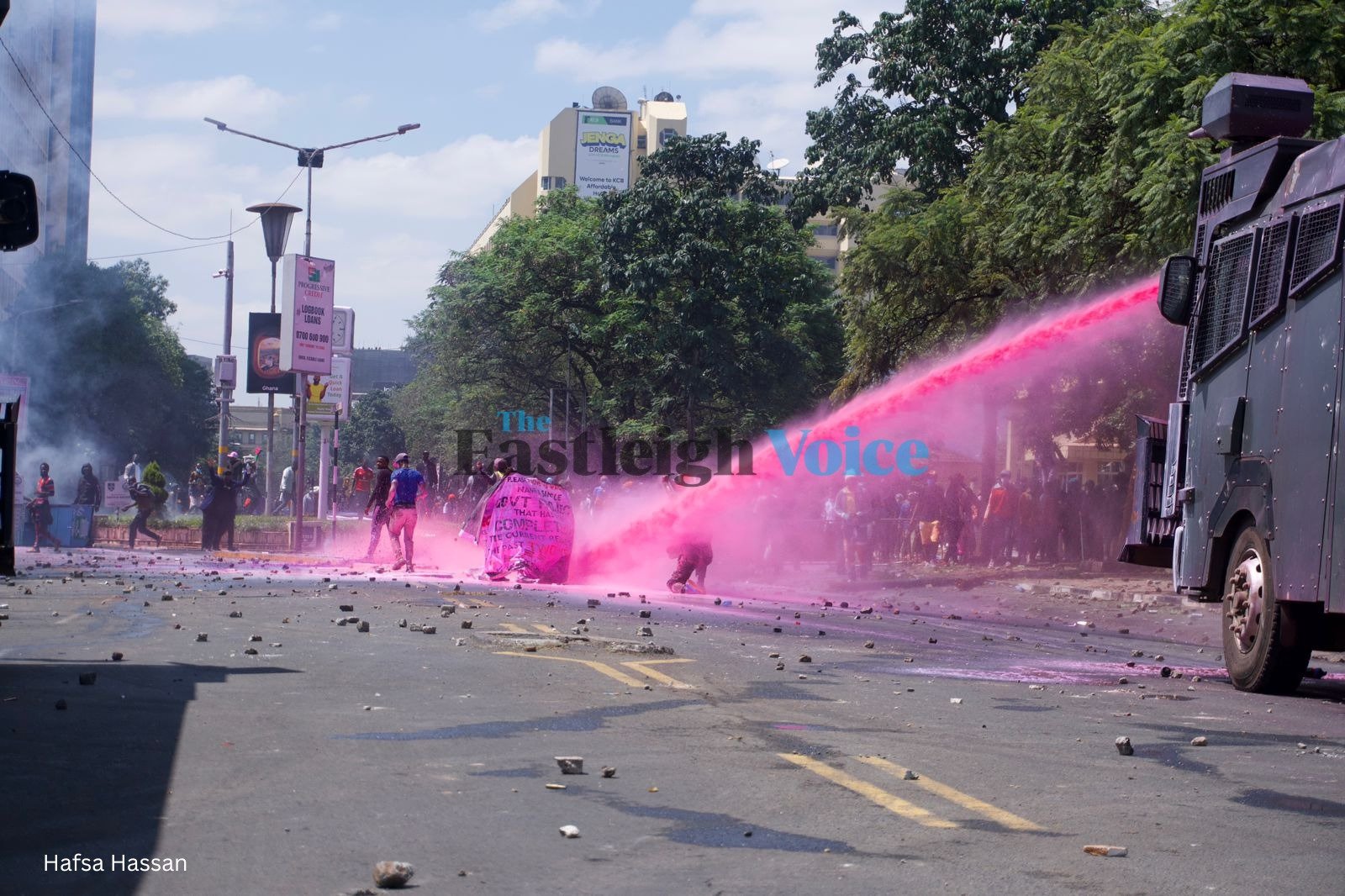
Video evidence shows police retreating, leaving unattended a section of the fence around the parliament grounds that had fallen earlier.
An investigation carried out by human rights organisations on the June 25 Occupy Parliament protests by Gen Z has revealed that security agencies had adequate time to facilitate the protest, minimise harm and cordon off parliament buildings but failed to.
The report released by six organisations including Amnesty International, the Independent Medico-Legal Unit (IMLU), the Law Society of Kenya, Defenders Coalition, Article 19 and the doctors who were attending to patients on the fateful day three months ago has shown how the police in their acts of commission or omission escalated a situation that would have been better handled with precautionary measures.
More To Read
- UN Rights Chief raises alarm over abductions, enforced disappearances in Uganda ahead of elections
- Wajir MCAs demand answers over rising abductions after two men vanish
- Tanzania dispatches envoy to Brussels to avert Sh23.3 billion EU aid freeze
- European Parliament moves to block Sh23.44 billion aid to Tanzania after post-election violence
- Report: Civic space in Kenya shrinking, citizens face restrictions on expression and assembly
- Global HIV response facing worst setback in decades, UNAIDS warns
"The parliament protest was announced several days in advance. Authorities had adequate time to facilitate the protest and minimise the potential for injury to any person and damage to property. Precautionary measures, for example by cordoning off parliament buildings while facilitating the protests nearby should have been taken. Videos show that police neither formed a clear cordon around parliament nor facilitated the protesters," the report shows.
Video evidence obtained by the organisations indicates that as protesters advanced towards parliament, at approximately 2:30 pm, sounds of gunshots started renting the air, after which a police truck was set on fire next to parliament's entrance and three bodies were seen lying on the sidewalk opposite parliament.
"Researchers were not able to determine if these shots came from rifles equipped with teargas grenade launchers or rifles firing live ammunition. Firearms with live ammunition are not an appropriate tool for the policing of assemblies. They must only be used when strictly unavoidable to protect life," the report states.
The report further notes that around 2:45 pm, video evidence shows police retreating, leaving unattended a section of the fence around the parliament grounds that had fallen earlier.
This gave leeway to protesters who entered the area at about 2:56 pm.
"Most had their hands up, likely to indicate they were unarmed. Men dressed in civilian clothes responded by firing shots – at least four men are seen on camera firing rifles and handguns towards the crowd and in the air. Researchers counted at least 45 shots fired within 56 seconds."
The report interviewed three eyewitnesses who said they saw at least six bodies of protesters whom they believe had been shot dead, yet from the evidence assessed, the protesters were unarmed.
"Our researchers could not establish a clear command structure responsible for policing the protests. Videos and photos taken throughout the day show that most officers, including those in identifiable police fatigues, were not identifiable by their service numbers as required under Section 10 of the National Police Service Act. Most hid their faces and wore masks or balaclavas. Images also show groups of men in civilian clothes carrying weapons working alongside the police and riding in unmarked cars," the report notes.
The organisations noted that the 25 June is the most significant of the many protests held nationwide between June and August since it was the first time protesters in Kenya accessed parliament, an area considered a critical infrastructure, in response to the passing of the Finance Bill 2024.
They termed the use of legal and less lethal weapons by police that day and in the protests that followed as a violation of international human rights law and standards.
"The right to protest in Kenya is protected under the constitution. It is unacceptable that, rather than facilitating and protecting protesters, police resorted to using deadly force," said Irũngũ Houghton, the executive director of Amnesty International Kenya.
On that fateful day, the organisations said the excessive use of force led to the killing of at least six people and caused injuries to hundreds of others.
However, the cumulative tally of deaths from the overall anti-Finance Bill protests has since reached 61, out of whom 40 have had their autopsies conducted under the watch of IMLU.
The protests further registered 67 cases of enforced disappearances, 40 of which have been resolved while 27 are still missing and believed to be under state custody.
"Kenyan authorities must conduct prompt, thorough and independent investigations into all human rights violations committed in the context of the protests, including the killing of protesters and hold those responsible fully accountable. Victims of unlawful police use of force and family members of those who have been killed must be compensated," said IMLU Executive Director Grace Wangechi.
Top Stories Today
